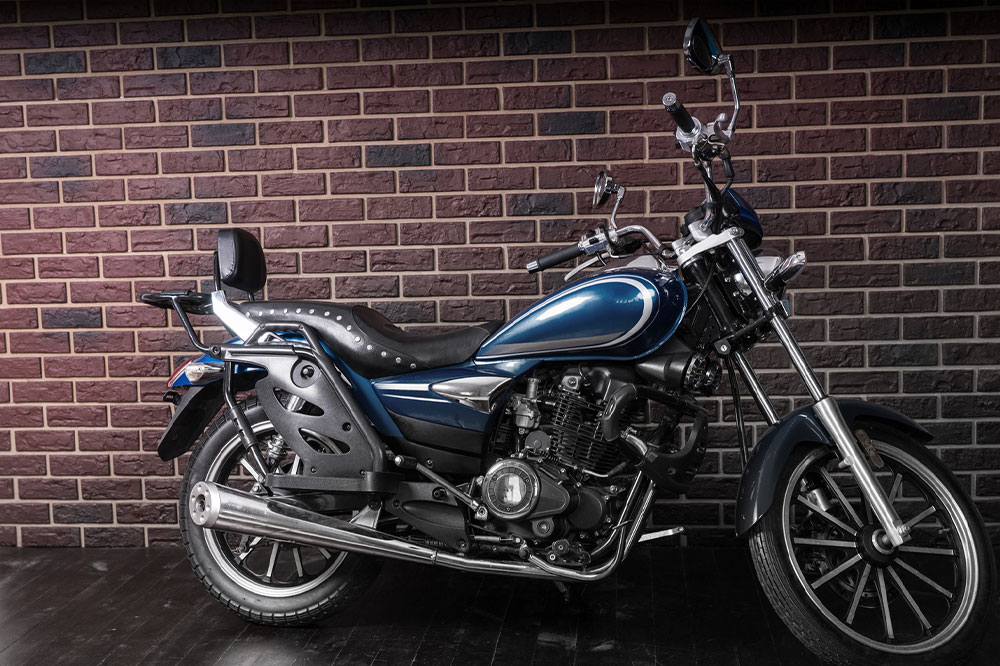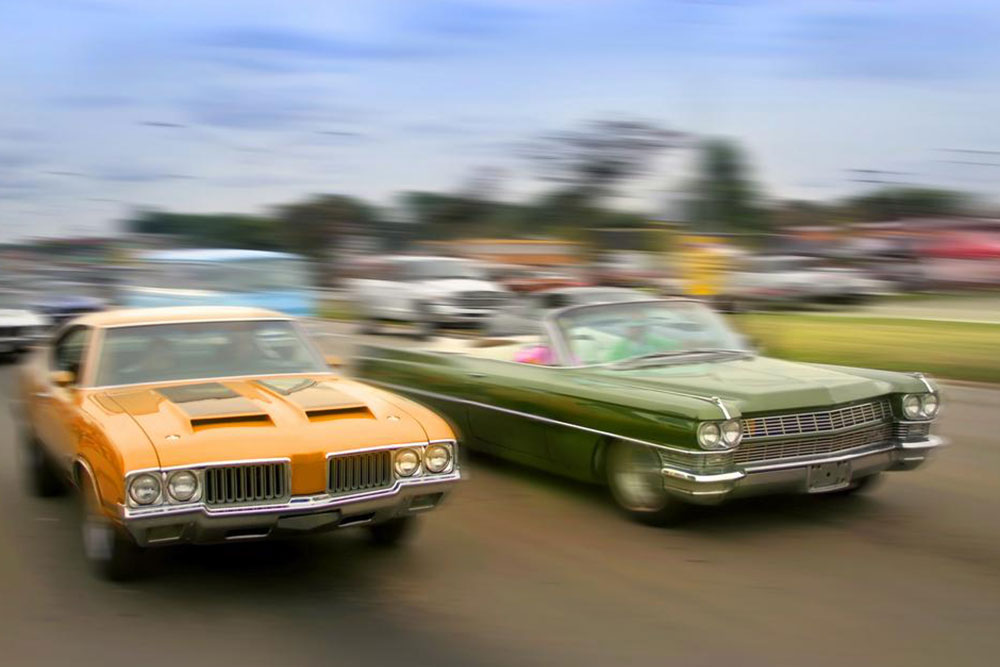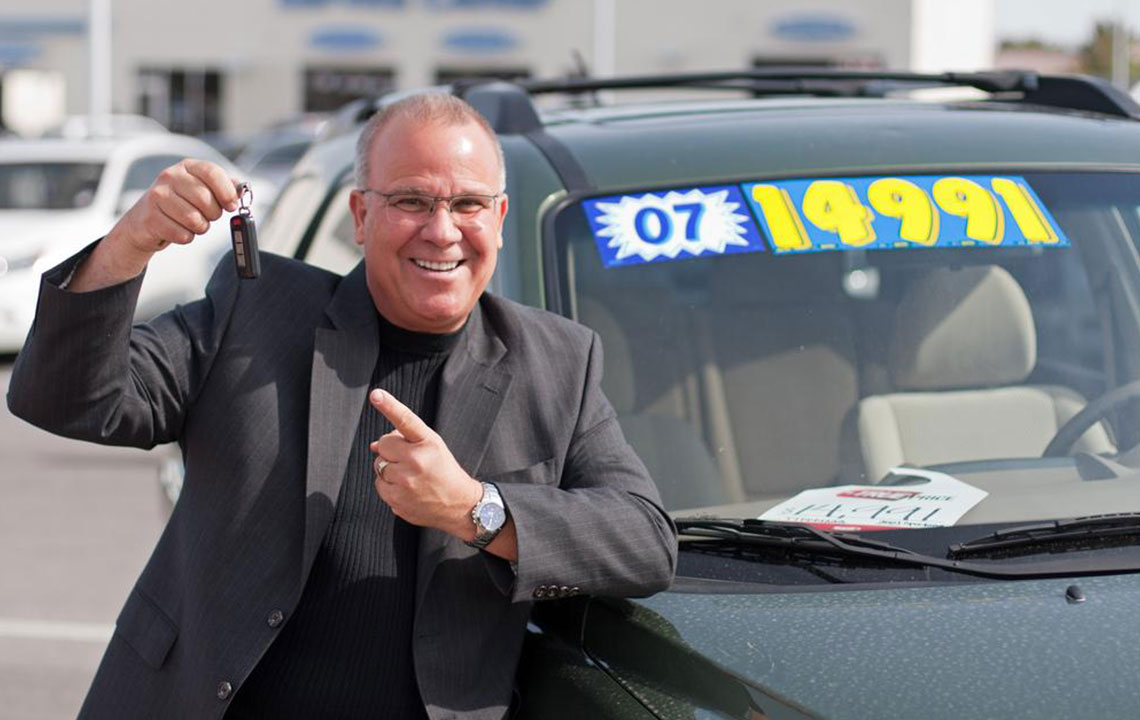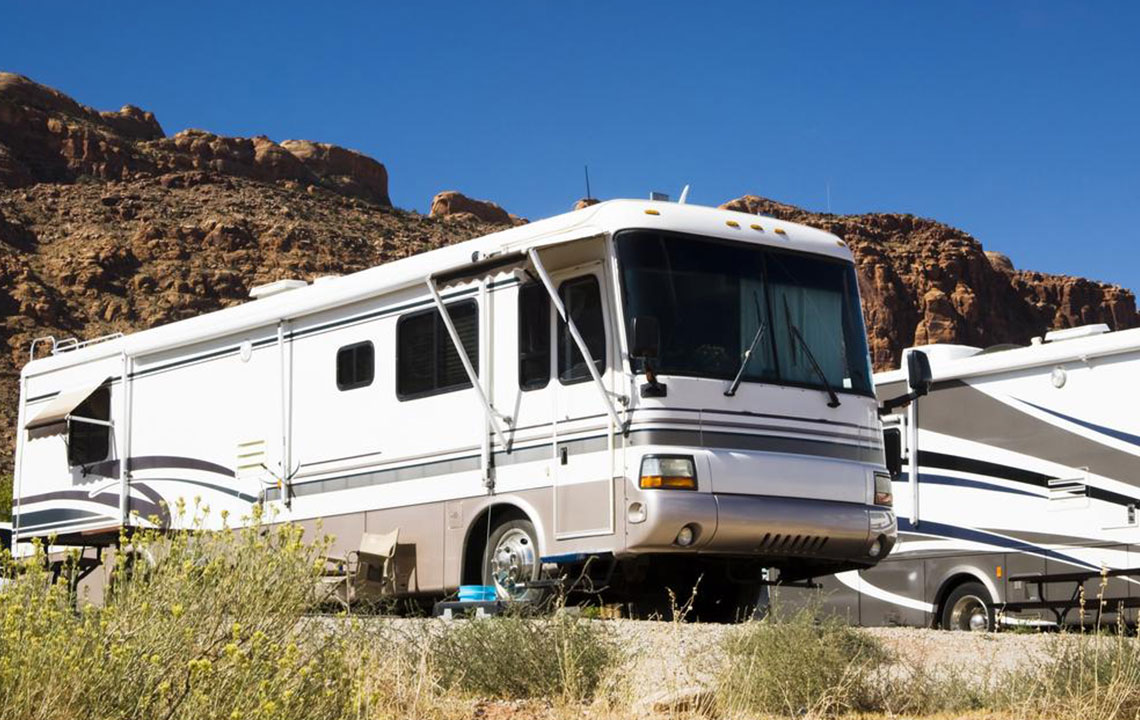Comprehensive Guide to Buying a Used Motorcycle: Essential Tips and Best Practices
This comprehensive guide provides essential tips for purchasing a used motorcycle, covering everything from assessing needs and inspecting parts to verifying documentation and researching the vehicle's history. Learn how to confidently buy a pre-owned bike with expert advice, ensuring safety, quality, and value. Ideal for both beginners and experienced riders, this article helps make informed decisions in the expanding used motorcycle market, which is projected to reach $66.2 billion by 2031. Equip yourself with these expert tips to avoid common pitfalls and secure the best deal possible.

In-Depth Tips for Purchasing a Pre-Owned Motorcycle
Owning a motorcycle is a dream for many enthusiasts, offering unmatched freedom, convenience, and a sense of adventure. Especially in densely populated urban areas, motorcycles serve as an efficient mode of transportation that helps bypass traffic congestion and reduces commuting stress. The appeal of riding a stylish, affordable second-hand bike makes used motorcycles a popular choice worldwide. The global market for used motorcycles is projected to grow significantly, reaching an estimated value of $66.2 billion by 2031. This rapid growth highlights the increasing demand for quality pre-owned bikes and the importance of understanding how to make a wise purchase. Whether you're a seasoned rider or a beginner, equipping yourself with essential tips can save you money and prevent future headaches. This comprehensive guide will walk you through the key considerations and steps for buying a used motorcycle confidently.
Evaluate Your Personal Riding Needs
Before you dive into the market, it’s crucial to determine what kind of motorcycle best fits your lifestyle and riding environment. Different motorcycles serve different purposes; therefore, understanding your primary use is essential. For city commuting, lightweight street bikes with a comfortable riding position and good maneuverability are ideal. These bikes are easy to handle in stop-and-go traffic and provide excellent fuel efficiency. Adventure riders or off-road enthusiasts might prefer dual-sport or dirt bikes capable of tackling rugged terrains. If you’re looking for a versatile bike that can handle both daily commuting and weekend adventures, consider hybrid models that strike a balance between on-road comfort and off-road capability. Establishing a clear budget is equally important—most used motorcycles fall within the $3,000 to $10,000 range. Setting a budget before engaging with sellers prevents overspending and helps narrow down choices based on the bike’s condition, mileage, and age. Defining your needs and financial parameters upfront will streamline the entire purchasing process.
Check Vehicle Identification Number (VIN) Thoroughly
The VIN is the vehicle’s unique identifier, similar to a fingerprint. Confirm that the VIN on the motorcycle matches the records listed in official databases and hasn’t been tampered with or re-stamped. Use trusted online tools or databases to research the authenticity of the VIN. Issue patterns such as high theft rates associated with certain brands or models should alert you to potential risks. Comparing VINs of similar bikes can reveal discrepancies that may indicate previous theft, illegal modifications, or reconstruction. Being meticulous during this step can save you from purchasing a stolen or problematic vehicle.
Conduct a Comprehensive Inspection of All Components
A detailed physical examination is critical when buying a used motorcycle. Check all visible parts—levers, footpegs, exhaust system, suspension, handlebar ends, and tires—for signs of wear, rust, or damage. Look for dust buildup around the chain and sprockets, which might suggest neglect or poor maintenance. Take time to inspect hidden areas such as beneath the seat and inside the engine compartment for corrosion or leakage. Worn-out or damaged components can lead to costly repairs in the future. If you lack experience, consider hiring a professional mechanic to assist with the inspection to ensure no defects are overlooked. Properly maintained bikes are generally more reliable, safer, and retain value better over time.
Perform Vehicle History Research Using VIN-Based Reports
Utilize online platforms to obtain comprehensive vehicle history reports based on the VIN. These reports offer valuable insights into the bike’s previous ownership, accident records, theft history, and legal issues. Knowing if the motorcycle has been involved in major accidents or has been rebuilt can influence your decision. Some platforms provide information on whether the bike has outstanding recalls or has been declared a total loss by insurance companies. Cross-referencing this data with the seller’s explanations helps you make an informed choice, avoiding future surprises and ensuring transparency.
Explore Repossessed Vehicles for Better Deals
Repossessed motorcycles are often sold at auction by financial institutions, such as banks or leasing companies. These bikes are typically priced lower than market value but are usually in decent condition due to thorough repossession inspections. Monitoring auction listings can be a smart way to acquire high-quality bikes at a significant discount. However, it’s vital to inspect these bikes carefully and, if possible, obtain a detailed maintenance history. Repossessed bikes can offer excellent value for money if you do your research and understand their condition before purchase.
Test the Motorcycle When It Is Cold
Request that the seller allow the motorcycle to cool completely before conducting any inspection or test ride. Cold engines tend to produce fewer noises and start more smoothly, providing a neutral baseline for assessment. During the warm-up cycle, listen carefully for timing issues, irregular idling, or unusual sounds that might indicate engine problems or internal damage. Testing a cold bike helps reveal hidden defects and ensures you’re making a well-informed buying decision.
Engage in a Honest Conversation with the Seller
Understanding the seller’s reasons for selling can provide clues about the motorcycle’s condition. Ask straightforward questions about any known issues, recent repairs, or accidents. Engaging in face-to-face communication allows you to observe body language and responses, which can help gauge honesty. A transparent seller who willingly shares detailed information can be a reassuring sign of a legitimate transaction. Conversely, evasiveness or inconsistent answers warrant additional caution and further investigation.
Inspect the Motorcycle in Daylight
Perform a careful examination in natural daylight, as it provides better visibility for detecting flaws. If natural light is insufficient, bring a flashlight for close inspection of suspect areas like welds, cracks, rust, or corrosion. Paying attention to details such as paint consistency, sticker authenticity, and signs of previous repairs ensures you don’t overlook hidden damage. This thorough visual examination is key to assessing the bike’s true condition and negotiating a fair price.
Review All Necessary Documentation
Before finalizing the purchase, verify that all documents match the motorcycle and your expectations. Cross-check engine numbers, registration certificates, and the owner’s details for consistency. Request to see the title, bill of sale, and maintenance records if available. Discrepancies should be clarified or resolved before completing the transaction. Proper documentation not only confirms ownership but also protects you legally and financially in case of disputes.
Ask About Known Flaws and Maintenance History
Request honest feedback regarding any current issues like oil leaks, rust, corrosion, or electrical faults. Understanding potential repair or replacement costs helps you evaluate the true value of the motorcycle and budget accordingly. An informed buyer can negotiate better terms when aware of existing problems, and this knowledge allows for proper planning for future maintenance or repairs. Transparency from the seller regarding flaws indicates honesty and helps establish a trustworthy deal.





